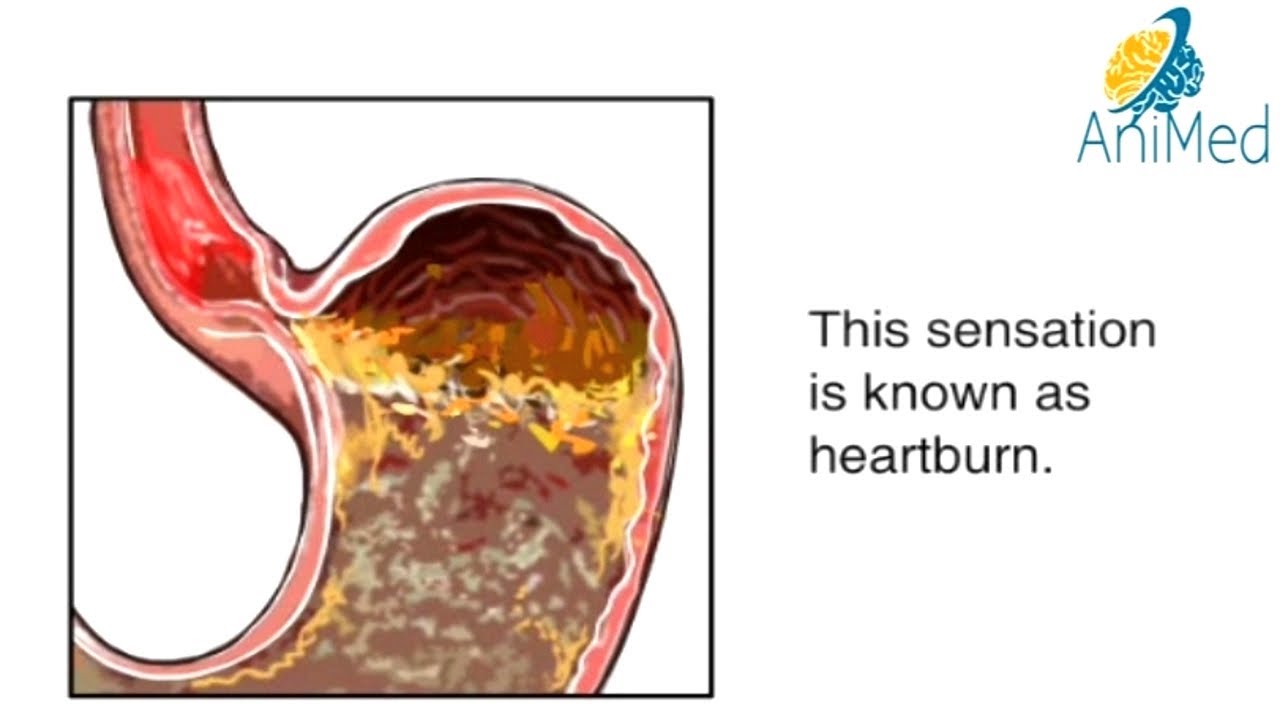
Cavernous tuberculosis is one of the pulmonary forms of tuberculosis. It develops, most often, as a secondary disease against the background of any other form of pulmonary tuberculosis. What are the forms of pulmonary tuberculosis? symptoms and differences of Mycobacterium tuberculosis - morphology, reproduction, resistance.
The cavity shell consists of three layers. It consists of caseous-necrotic tissues, which contain a huge number of mycobacteria. Granulation. This is the middle layer, consisting of cells. Outer. This layer consists of a durable capsule that protects the lung tissue from the cavity. After some time, the capsule tissue becomes fibrous.
Exacerbations occur at high temperatures and intoxication of the body. The disease becomes severe. The patient suffers from severe cough and shortness of breath. The sputum becomes purulent and has an unpleasant odor. The risk of pulmonary hemorrhage increases. During exacerbations, Koch bacilli can penetrate the upper respiratory tract. The patient becomes a source of infection. The patient takes on a characteristic appearance. sharply loses weight due to buy retrovir online of appetite. He has dark, dry skin. The back muscles are atrophied. What does sputum look like for pulmonary tuberculosis, norms and deviations? What can be the temperature for pulmonary tuberculosis.
The symptoms of the disease have been erased. The signs of the disease are the same as for any form of pulmonary tuberculosis. loss of weight and appetite, fever, weakness. Distinctive signs of cavity formation may be hemoptysis and severe shortness of breath. The course of the disease has a wave-like character. Quite long stable periods are followed by exacerbations. The acute form can occur when another infection joins. In this case, cavities may increase in size or new ones may form. A focus of inflammation forms around the cavity.
A forming cavity that is in the stage of disintegration. Does not have clearly defined edgesic. A fresh cavity with a two-layer shell. Inside there is a small amount of cavernous masses. A formed capsule with a three-layer shell. Has clear contours. Fibrous formations that appear when fibrous-cavernous tuberculosis occurs. Sanitated formations are voids formed after the removal of cavernous masses. Formed after treatment of the disease. Fibrous cavernous tuberculosis. causes, symptoms, treatment Infiltrative pulmonary tuberculosis - types of infiltrates, treatment.











